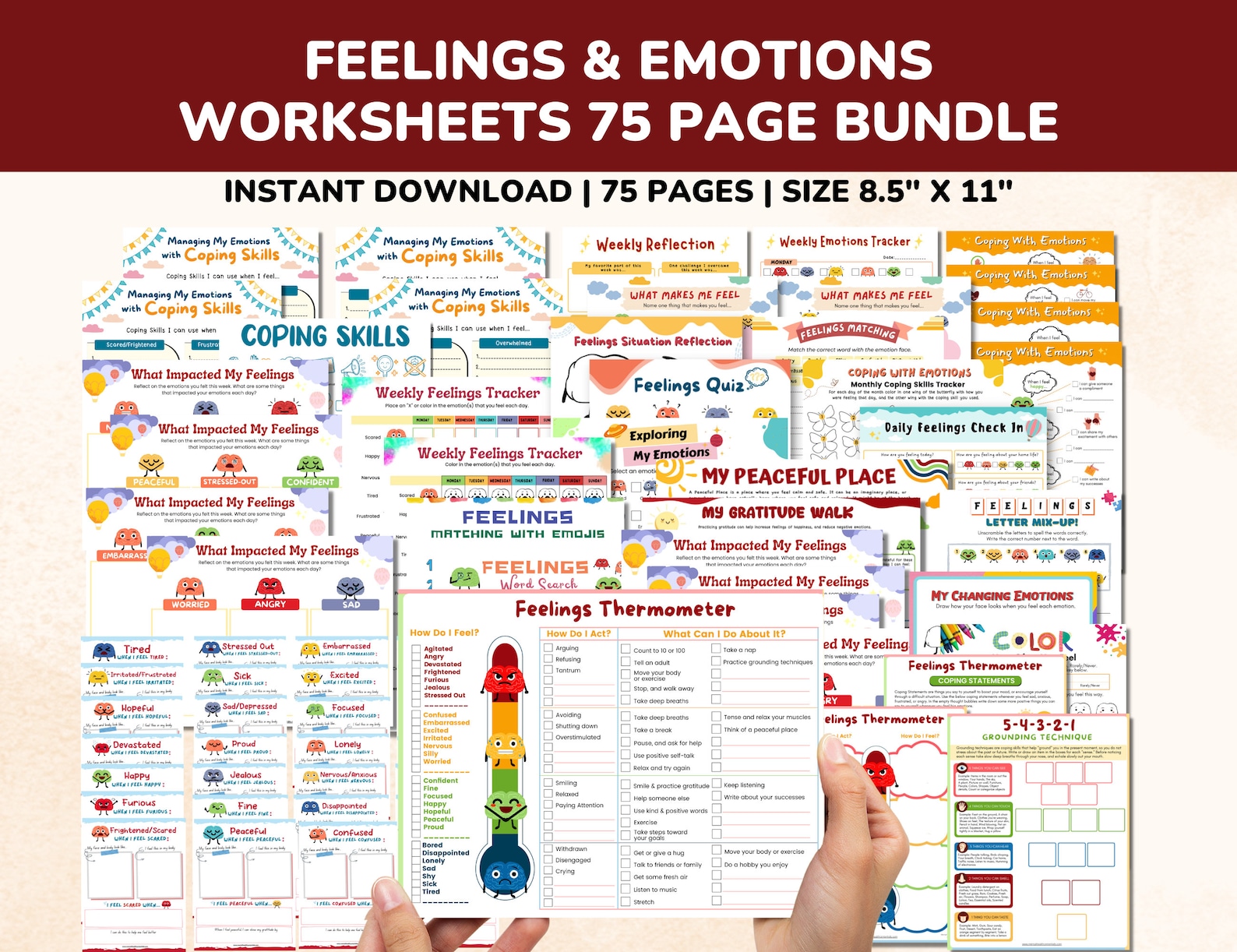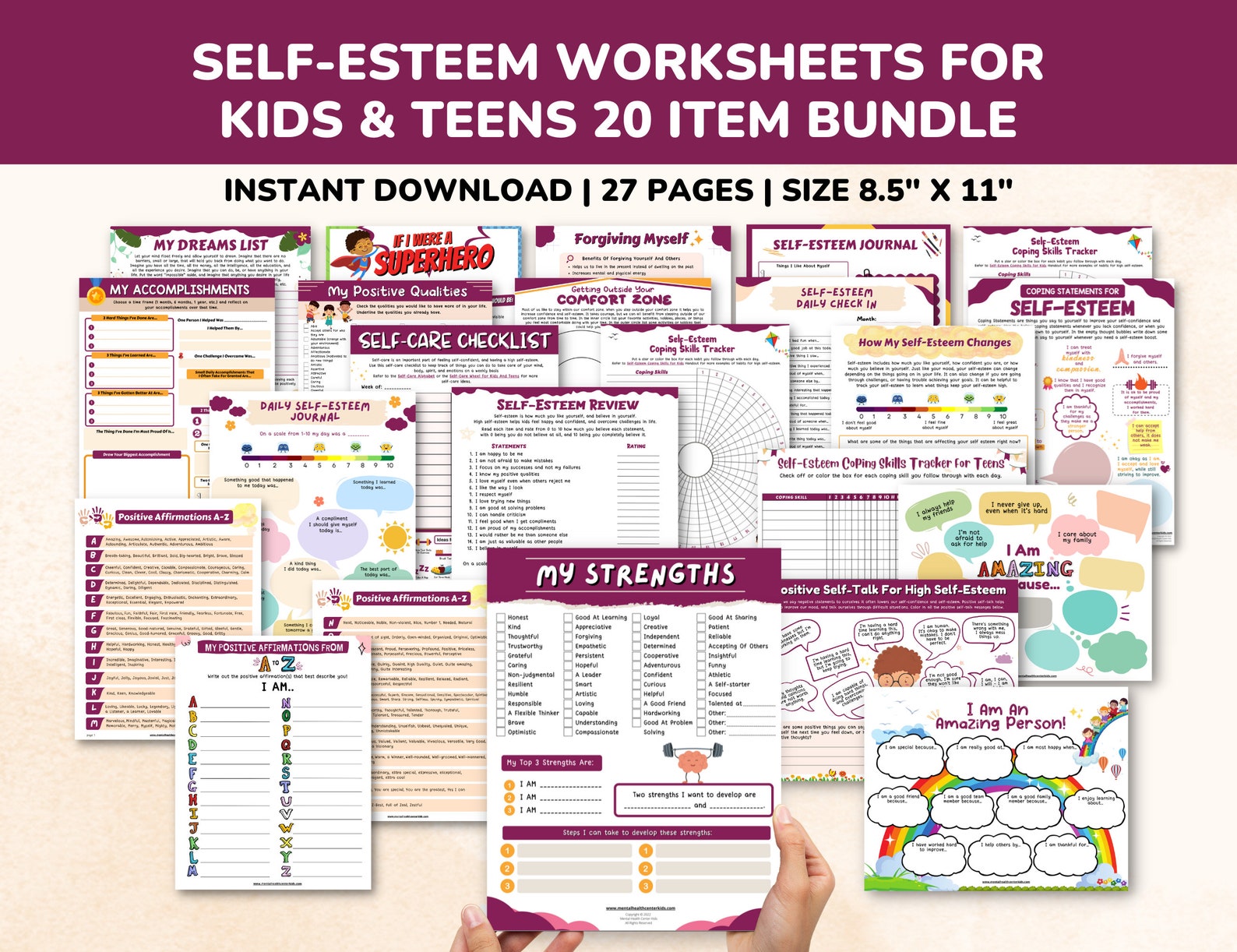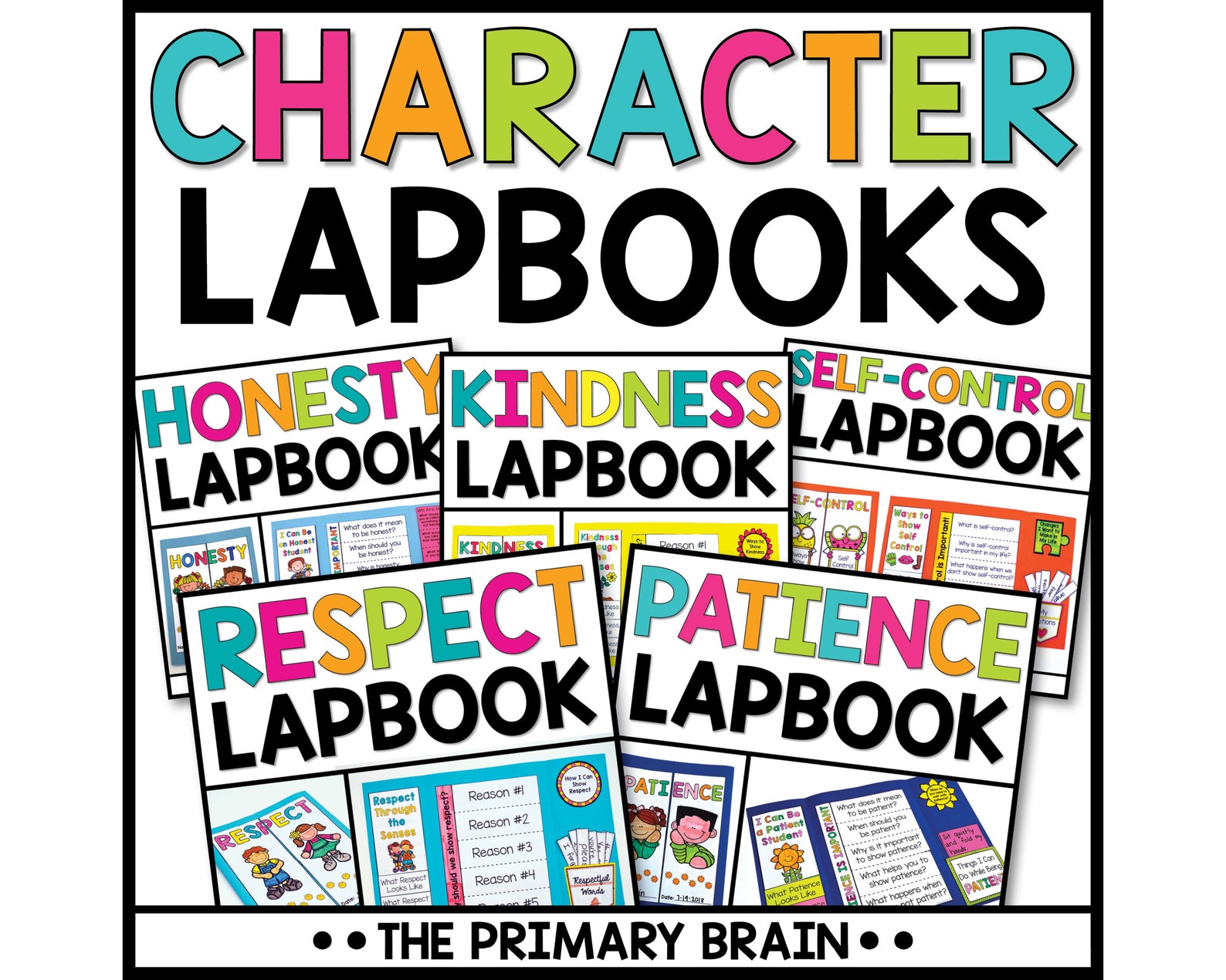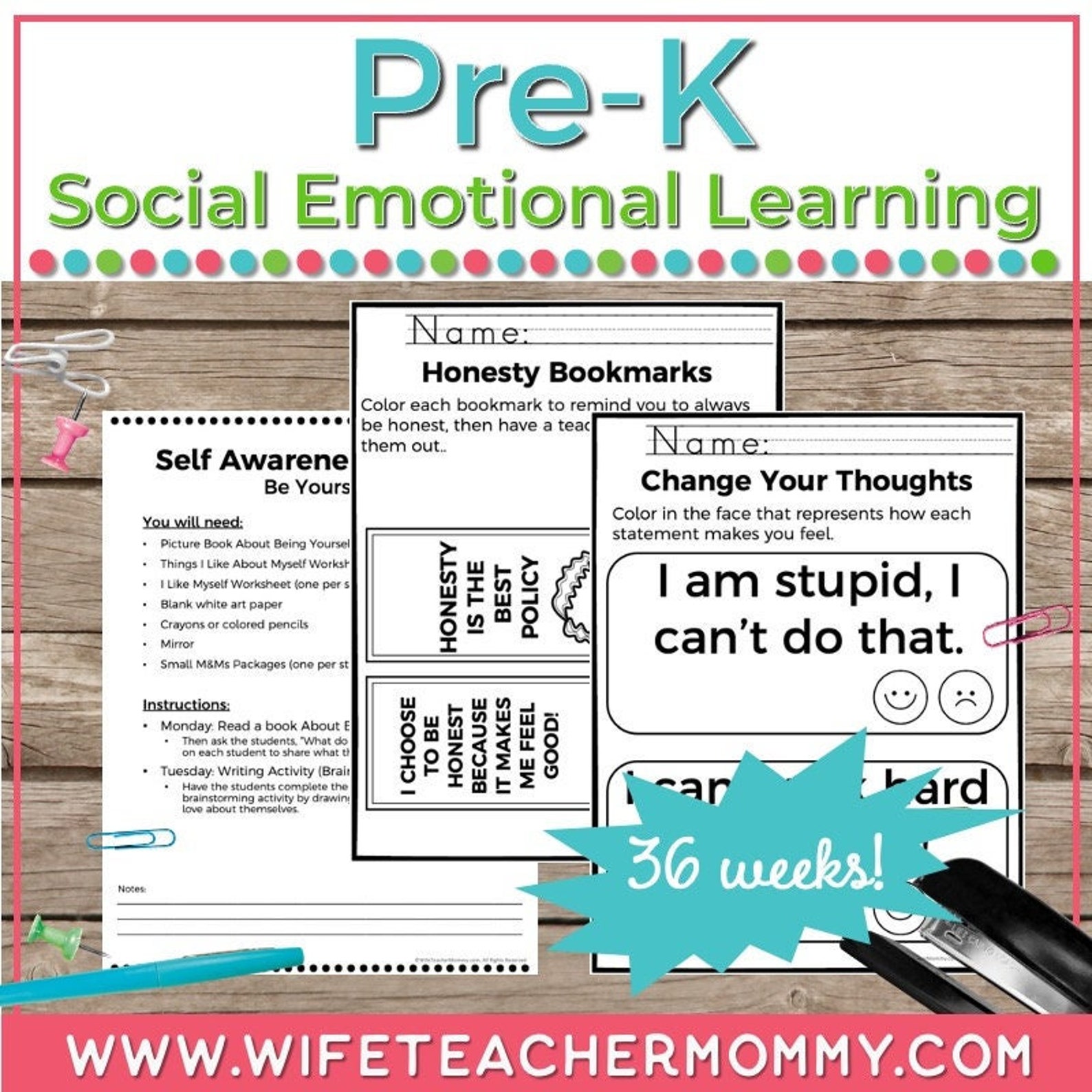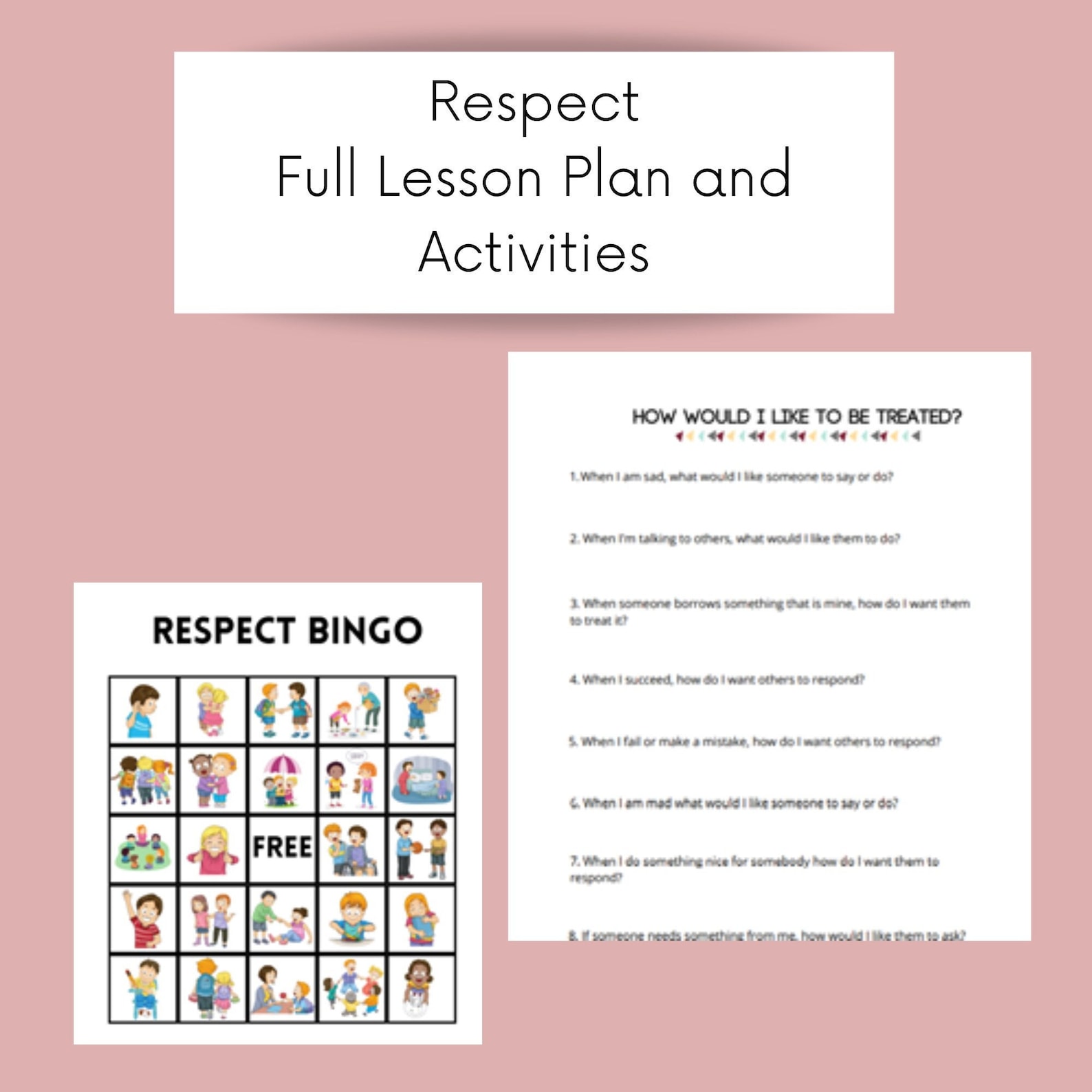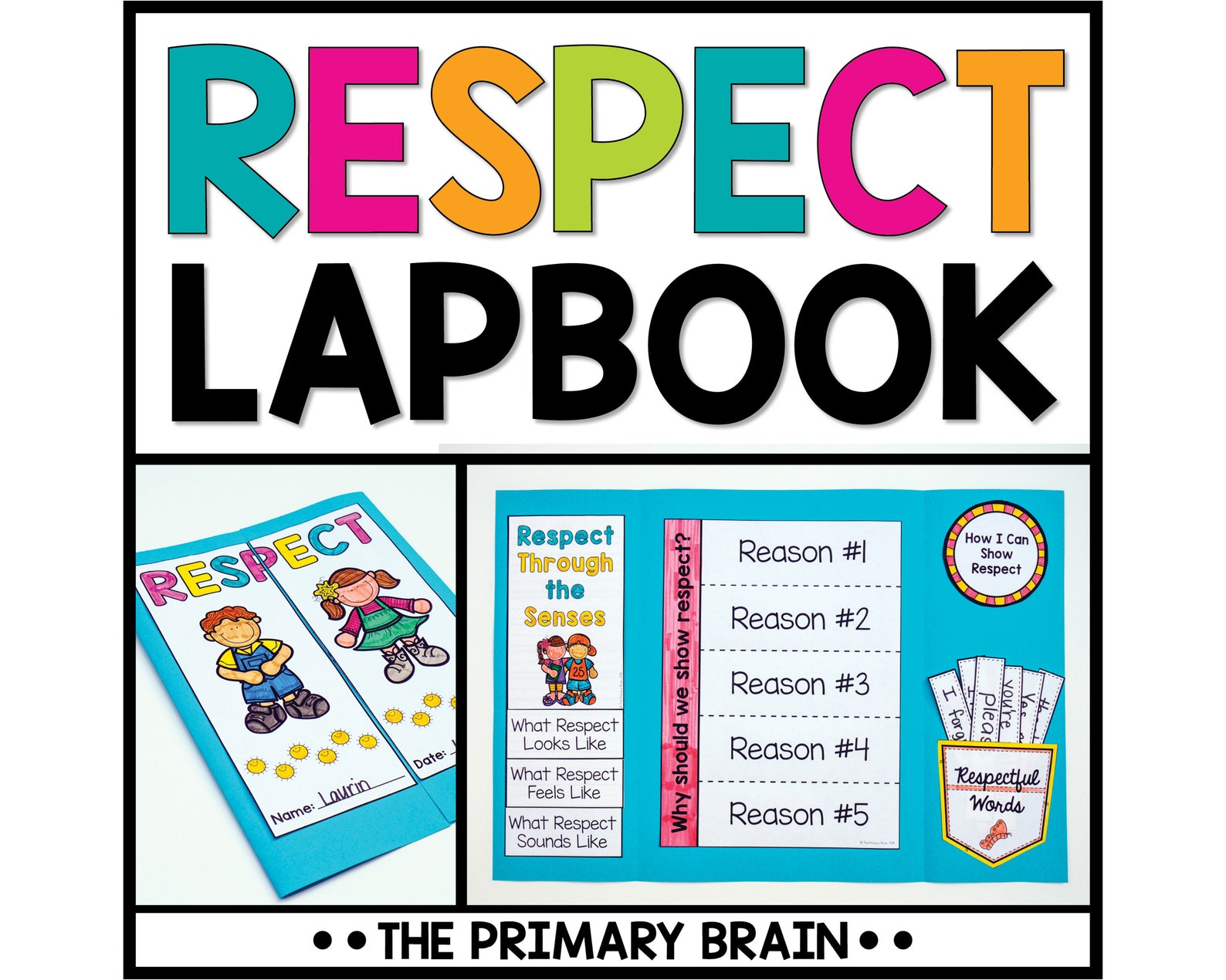How To Teach Social Emotional Learning At Home
Fostering social emotional learning at home is a powerful way for you as a parent to support your children’s overall development.
Beyond the traditional academic education, social emotional learning (SEL) can equip your child with essential life skills, including self-awareness, empathy and effective communication.
This holistic approach acknowledges the significance of emotional intelligence in navigating life’s challenges and building meaningful relationships.
This post contains affiliate links.

By intentionally weaving SEL into the fabric of family life, you can contribute to the cultivation of resilient, empathetic and socially adept individuals.
Get ready to embark on a journey of intentional parenting that goes beyond textbooks, focusing on the heart of a child’s education—the development of their emotional intelligence!
SEL for Kids Starts At Home
As a parent, teaching Social Emotional Learning (SEL) to young children is crucial for their overall development. It helps your child understand and manage their emotions, fostering mental well-being.
SEL cultivates empathy, which is the foundation for healthy relationships and effective communication. These skills are essential for both academic success and life beyond the classroom.
Rather than formally teaching social and emotional skills, these should be integrated into the day to day interactions and activities for your kids.
All Learning Is Social and Emotional: Helping Students Develop Essential Skills for the Classroom and BeyondTeaching with a Social, Emotional, and Cultural Lens: A Framework for Educators and Teacher EducatorsThe SEL Toolbox: Social-Emotional Learning Activities to Teach Kids to Generalize Learned Skills to Real-Life SituationsThe Social-Emotional Learning Toolbox: Practical Strategies to Support All Students
By teaching SEL at home, you as a parent can empower your children to navigate the complexities of human interactions, making them more resilient and socially competent individuals.
How to Teach Social Emotional Learning at Home
Most parents would agree the quality of their children’s education plays a key role in their overall development. While parents are optimistic about the future of education, just like you, they also recognize children have educational needs beyond what is considered the standard.
According to a Harris Poll survey, 83% of parents prioritize raising children with strong social-emotional skills, 84% stress the importance of teaching children to treat others with kindness, and 83% believe kindness should be a fundamental value in education.
You, Me and Empathy: Teaching children about empathy, feelings, kindness, compassion, tolerance and recognising bullying behaviours Learning to Listen, Learning to Care: A Workbook to Help Kids Learn Self-Control and Empathy
Learning to Listen, Learning to Care: A Workbook to Help Kids Learn Self-Control and Empathy UnSelfie: Why Empathetic Kids Succeed in Our All-About-Me World
UnSelfie: Why Empathetic Kids Succeed in Our All-About-Me World The Kindness Curriculum: Stop Bullying Before It Starts
The Kindness Curriculum: Stop Bullying Before It Starts
Recognizing this shift, parents like you are now seeking a focus on social-emotional skills, mental health, kindness and understanding differences.

It’s time to make sure you teach social emotional learning at home to your own children. You can actively promote social and emotional learning in your children using these several strategies:
Practice Emotional Literacy at Home
Disagreements with parents or siblings are going to happen. It’s inevitable!
But you can turn these moments into opportunities for your children to develop emotional literacy.
Encourage your child to identify their own feelings and recognize the emotions of others to foster empathy. A terrific place to start are these childrens books about empathy. We also read childrens books about caring for others.
It’s also important to create an emotional safe space for your child to share their big emotions so they can learn how to manage them.
Feelings & Emotions Worksheets Chart 75 Pg Printable Bundle Self-Esteem Worksheets 20 Item Printable Bundle for Kids & Teens
Self-Esteem Worksheets 20 Item Printable Bundle for Kids & Teens Character Education Lessons Lapbook Bundle, Includes Kindness, Patience, Self-Control, Honesty, and Respect
Character Education Lessons Lapbook Bundle, Includes Kindness, Patience, Self-Control, Honesty, and Respect 36 Weeks of Social Emotional Learning for Pre-K
36 Weeks of Social Emotional Learning for Pre-K
This enhances your child’s ability to understand the connection between emotions and actions.
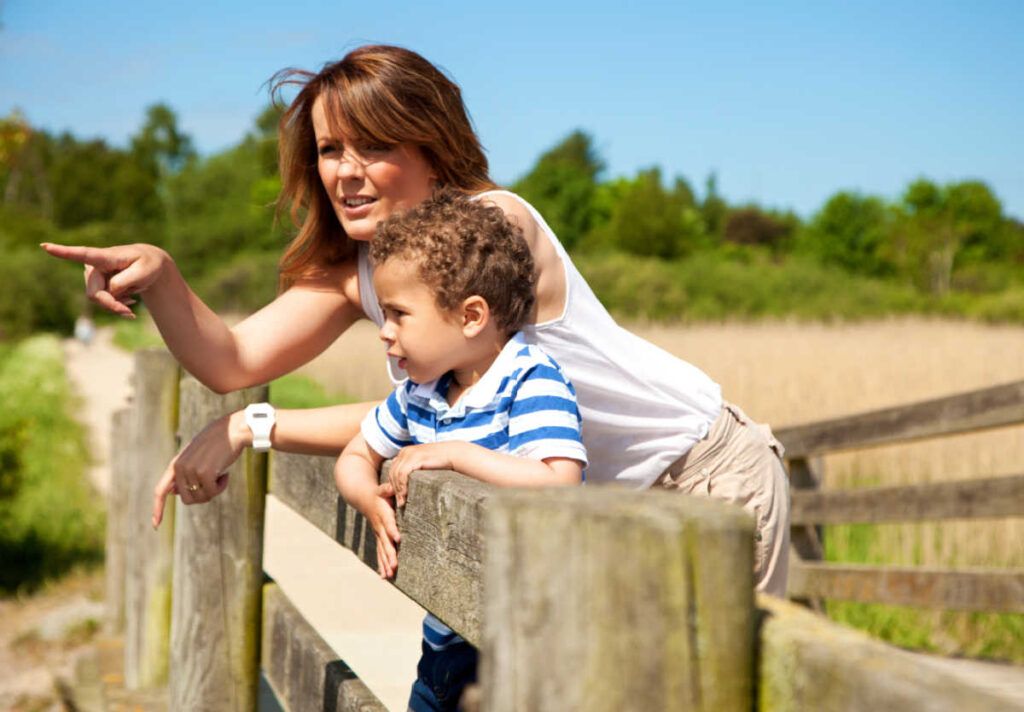
For example, we have a set way of saying sorry in our house that makes the other person really think about how they’ve hurt the other.
SEL at Home: Incorporate Mindfulness into Daily Activities
When you integrate mindfulness into your daily routines, it helps your children understand and regulate their emotions.
Simple activities such as reading a book, listening to calming music or practicing deep breathing can instill a sense of mindfulness.
We often have quiet moments cuddled up in bed to talk about the highs and lows of the day.
Key Education Social Skills Boxed Game Set, 15 Board Games With Social Emotional Learning Activities Learning Resources All About Me Feelings Activity Set – Social Emotional Learning Games,
Learning Resources All About Me Feelings Activity Set – Social Emotional Learning Games, Learning Resources Be Kind Cubes
Learning Resources Be Kind Cubes Key Education Social Skills Activities for Kids
Key Education Social Skills Activities for Kids
It’s a great way to review and consider what brought us joy or upset us that day and why.

Make this a regular practice in your home — it helps establish it as a habit and supports emotional well-being ongoing.
Encourage Unplugged Socialization
Actively promote activities that involve in-person socialization without screens.
Get your children engaged in both indoor and outdoor group activities that foster natural curiosity, creativity and essential social skills.
Get them involved in clubs or extracurricular activities that interest them.
If your child is young, find a play group you might be able to join or create your own.
Respect Coloring Pages Activity Social Emotional Learning – Teaching Children Respect – Full Lesson Plan and Activities
Social Emotional Learning – Teaching Children Respect – Full Lesson Plan and Activities Respect Lapbook Activity
Respect Lapbook Activity Teaching Respect through Empathy, Character Education and Classroom Community Activity Worksheets
Teaching Respect through Empathy, Character Education and Classroom Community Activity Worksheets
When my boys were little, we had a moms group where we visited a new outdoor park every month. It was a terrific way to get our kids socialized and experience a new setting.
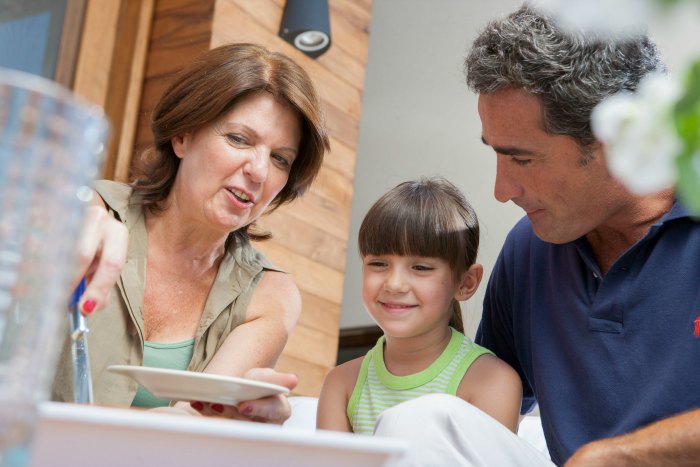
These kinds of unplugged experiences contribute significantly to a child’s social and emotional development.
Following these tips, it’s easy to start teaching social emotional learning at home!
More Emotional Learning Resources
In today’s fast-paced and dynamic environment, the importance of emotional intelligence is a crucial skill set for personal and professional success for our children.
- SEL & Growth Mindset Lesson Plans
- 25 Calm Down Breathing Exercises for Kids
- Emotions Preschool Activities
- ABC Growth Mindset Cards
- Emotional Intelligence Kit
- Emotions Social Story
- Draw & Write Emotions
- Emotional Regulation Starter Kit
- Embracing Emotions with Yoga
- ABC Calm Down Cards
- Emotional Regulation Strategies
These emotional learning resources foster emotional intelligence, empathy and self-awareness.












